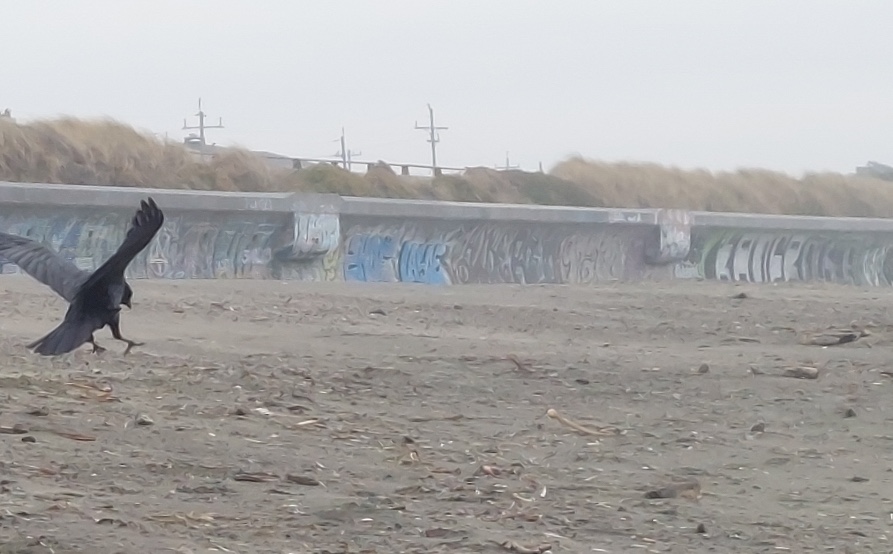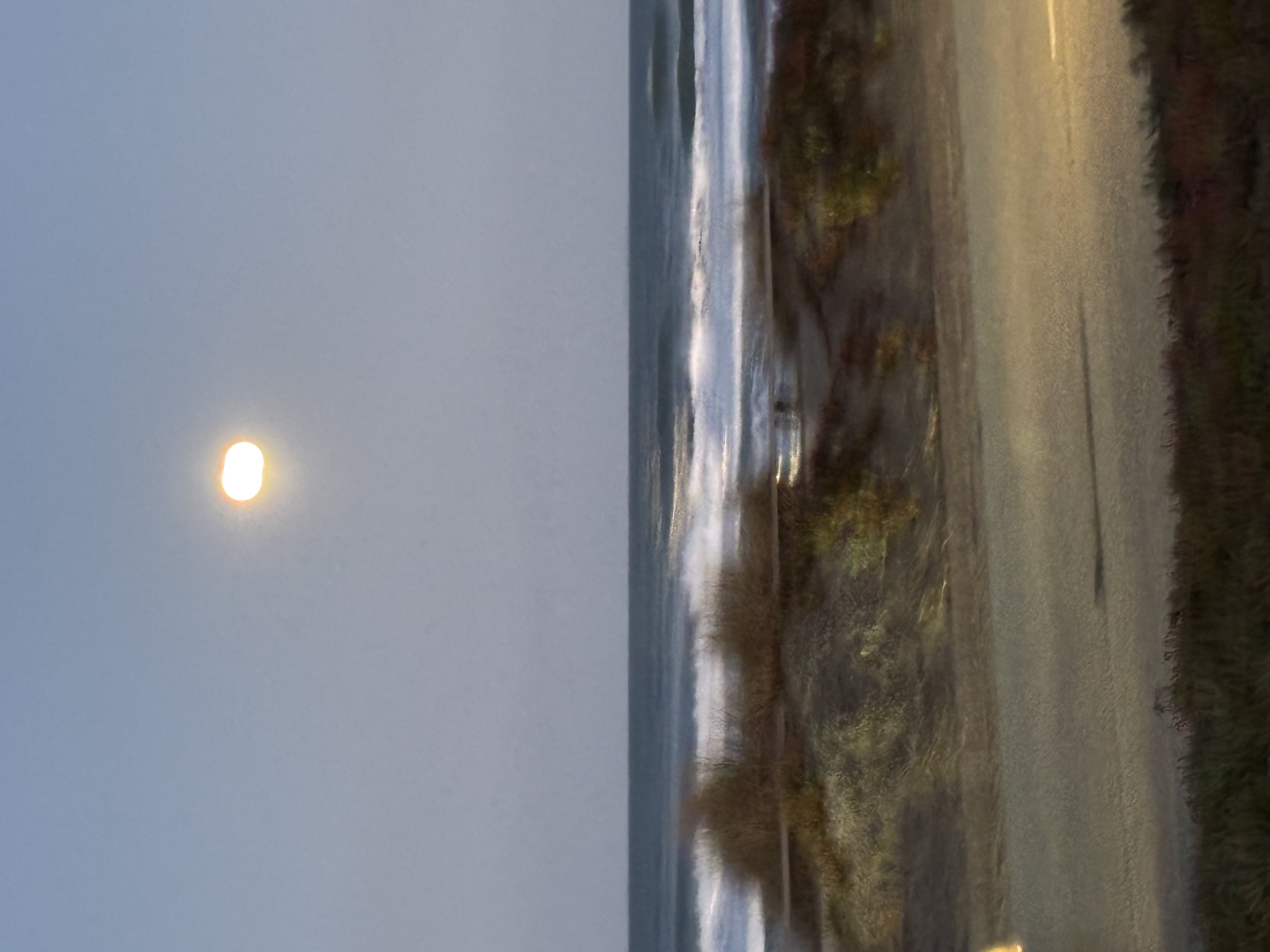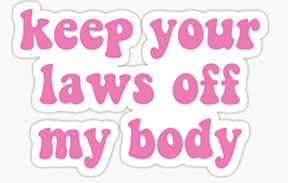
- Instructor: Saraleah Fordyce

- Instructor: Saraleah Fordyce

Politics is always physical. We literally live and die according to the
flow of resources, force, and freedom. The stakes are high and controversies get heated, so how do we make up our minds? People want to tell us what to believe about what's good for us as individuals and as a society; how do we know the difference between a fact and an opinion, or between a reasonable belief and a false one? This course uses contemporary journalism and science scholarship to explore two kinds of current topics: some where well-informed people legitimately disagree--and others where existing evidence strongly supports some views over others. We’ll
talk about using psychedelic drugs to treat trauma; whether eating meat
is bad for the planet; gender affirming medical care; and
other topics. This course won’t teach you what to think, but it will
teach you how to think critically and well about complicated and
significant subjects.
- Instructor: Julian Carter

Borders are everywhere, yet there's nothing natural about them. Planners and architects impose and redraw them, inventing new places and identities in the process. Daily life is full of borders too. The boundaries between public and private, between cities, suburbs, and rural environments are accompanied by more conceptual limits: the lines that mark rich and poor, citizen and noncitizen. Studying border spaces and cultures is one way of figuring out how they work, and under what conditions they can be crossed or even abolished. In this course, we investigate borders of all kinds through critical and literary texts, writing exercises, media-making, and collaborative interdisciplinary projects. Special attention will be devoted to film and photography about border territories.
- Instructor: Nicholas Gamso

